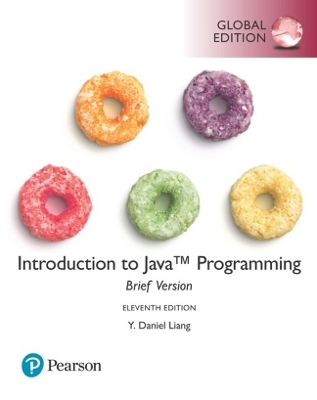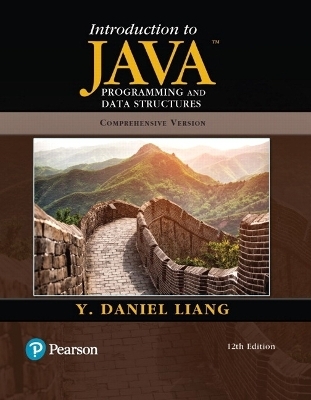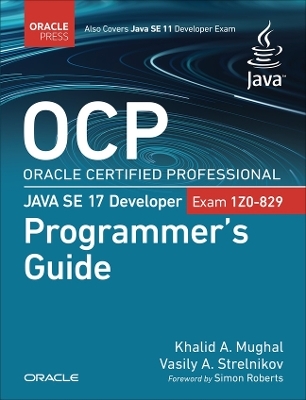
Absolute Java
Pearson
978-0-321-48792-6 (ISBN)
- Titel erscheint in neuer Auflage
- Artikel merken
Walter Savitch is Professor Emeritus of Computer Science at the University of California at San Diego. He received his PhD in mathematics from the University of California at Berkeley in 1969. Since that time he has been on the faculty of the University of California in San Diego (UCSD). He served as director of the UCSD Interdisciplinary PhD program in Cognitive Science for over ten years. He has served as a visiting researcher at the Computer Science departments of the University of Washington in Seattle and and at the University of Colorado in Boulder, and has been a visiting scholar at the Centrum voor Wiskunde en Informatica in Amsterdam.
Chapter 1: Getting Started
Introduction to Java
Expressions and Assignment Statements
The Class String
Program Style
Chapter 2: Console Input and Output
Screen Output
Console Input Using the Scanner Class
Chapter 3: Flow of Control
Branching Mechanism
Boolean Expressions
Loops
Debugging
Chapter 4: Defining Classes I
Class Definitions
Information Hiding and Encapsulation
Overloading
Constructors
Chapter 5: Defining Classes II
Static Methods and Static Variables
References and Class Parameters
Using and Misusing References
Packages and javadoc
Chapter 6: Arrays
Introduction to Arrays
Arrays and References
Programming with Arrays
Multidimensional Arrays
Chapter 7: Inheritance
Inheritance Basics
Encapsulation and Inheritance
Programming with Inheritance
Chapter 8: Polymorphism and Abstract Classes
Polymorphism
Abstract Classes
Chapter 9: Exception Handling
Exception Handling Basics
Throwing Exceptions in Methods
More Programming Techniques for Exception Handling
Chapter 10: File I/O
Introduction to File I/O
Text Files
The File Class
Binary Files
Random Access to Binary Files
Chapter 11: Recursion
Recursive void Methods
Recursive Methods that Return a Value
Thinking Recursively
Chapter 12: UML and Patterns
UML
Patterns
Chapter 13: Interfaces and Inner Classes
Interfaces
Simple Uses of Inner Classes
More About Inner Classes
Chapter 14: Generics and the ArrayList Class
The ArrayList Class
Generics
Chapter 15: Linked Data Structures
Java Linked Lists
Copy Constructors and the clone Method
Iterators
Variations on a Linked List
Hash Tables with Chaining
Sets
Trees
Chapter 16: Collections, Maps, and Iterators
Collections
Maps
Iterators
Chapter 17: Swing I
Event-Driven Programming
Buttons, Events, and Other Swing Basics
Containers and Layout Managers
Menus and Buttons
Text Fields and Text Areas
Chapter 18: Swing II
Window Listeners
Icons and Scroll Bars
The Graphics Class
Colors
Fonts and the drawString Method
Chapter 19: Java Never Ends
Multithreading
Networking with Stream Sockets
JavaBeans
Java and Database Connections
Appendix 1 Keywords
Appendix 2 Precedence and Associativity Rules
Appendix 3 Unicode Character Set
Appendix 4 Format Specifications for printf
Appendix 5 Summary of Classes and Interfaces
Index
| Erscheint lt. Verlag | 13.4.2007 |
|---|---|
| Sprache | englisch |
| Maße | 187 x 232 mm |
| Gewicht | 1770 g |
| Themenwelt | Informatik ► Programmiersprachen / -werkzeuge ► Java |
| Mathematik / Informatik ► Informatik ► Web / Internet | |
| ISBN-10 | 0-321-48792-3 / 0321487923 |
| ISBN-13 | 978-0-321-48792-6 / 9780321487926 |
| Zustand | Neuware |
| Informationen gemäß Produktsicherheitsverordnung (GPSR) | |
| Haben Sie eine Frage zum Produkt? |
aus dem Bereich



